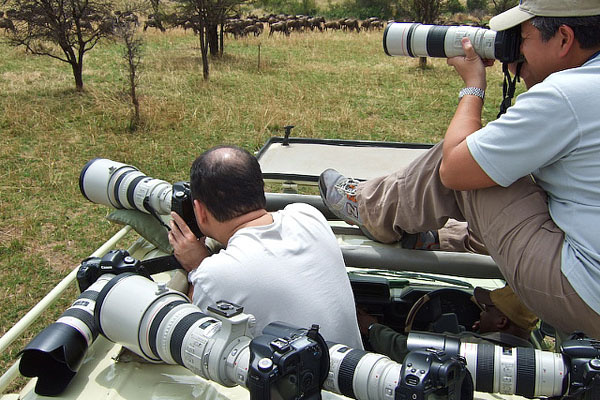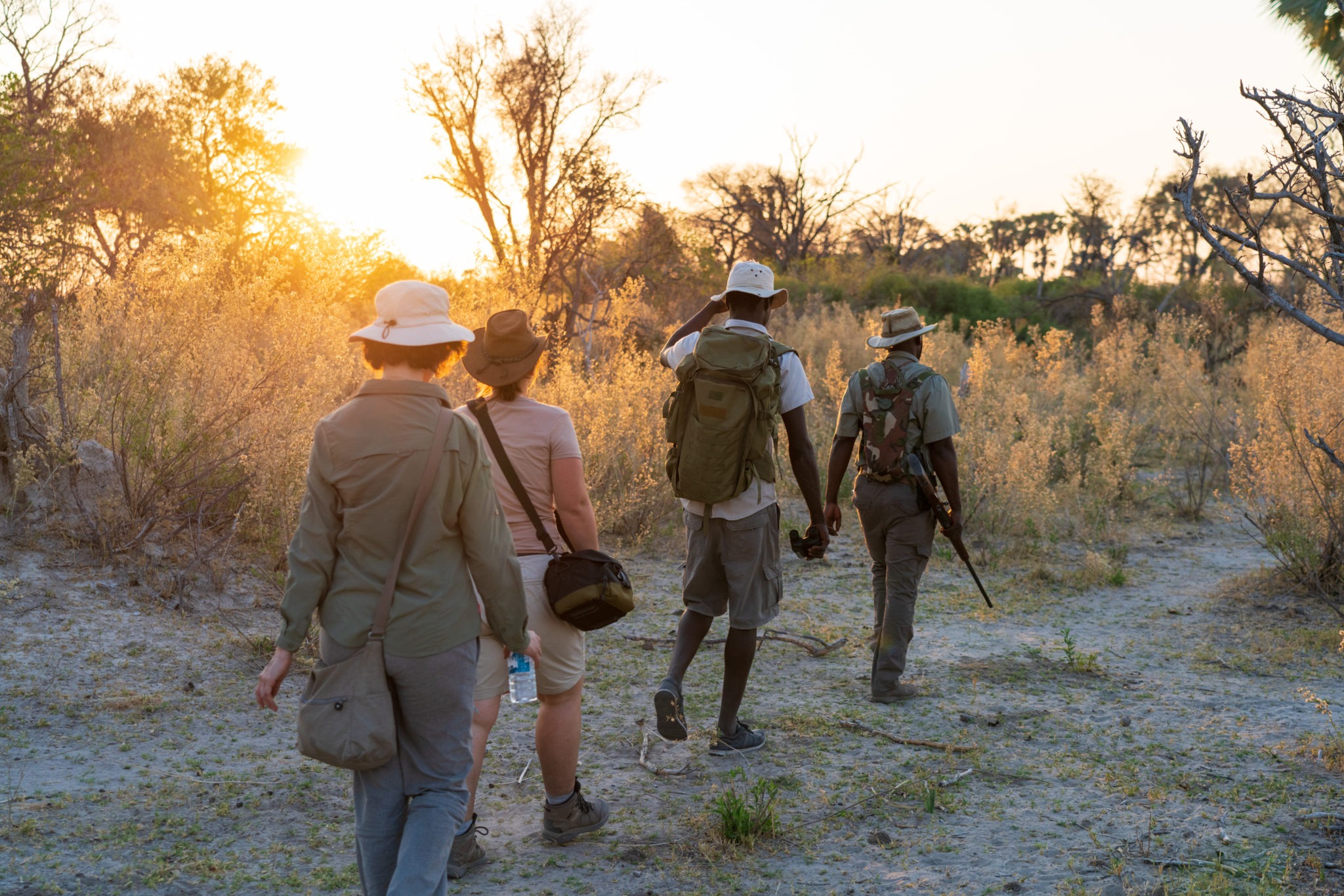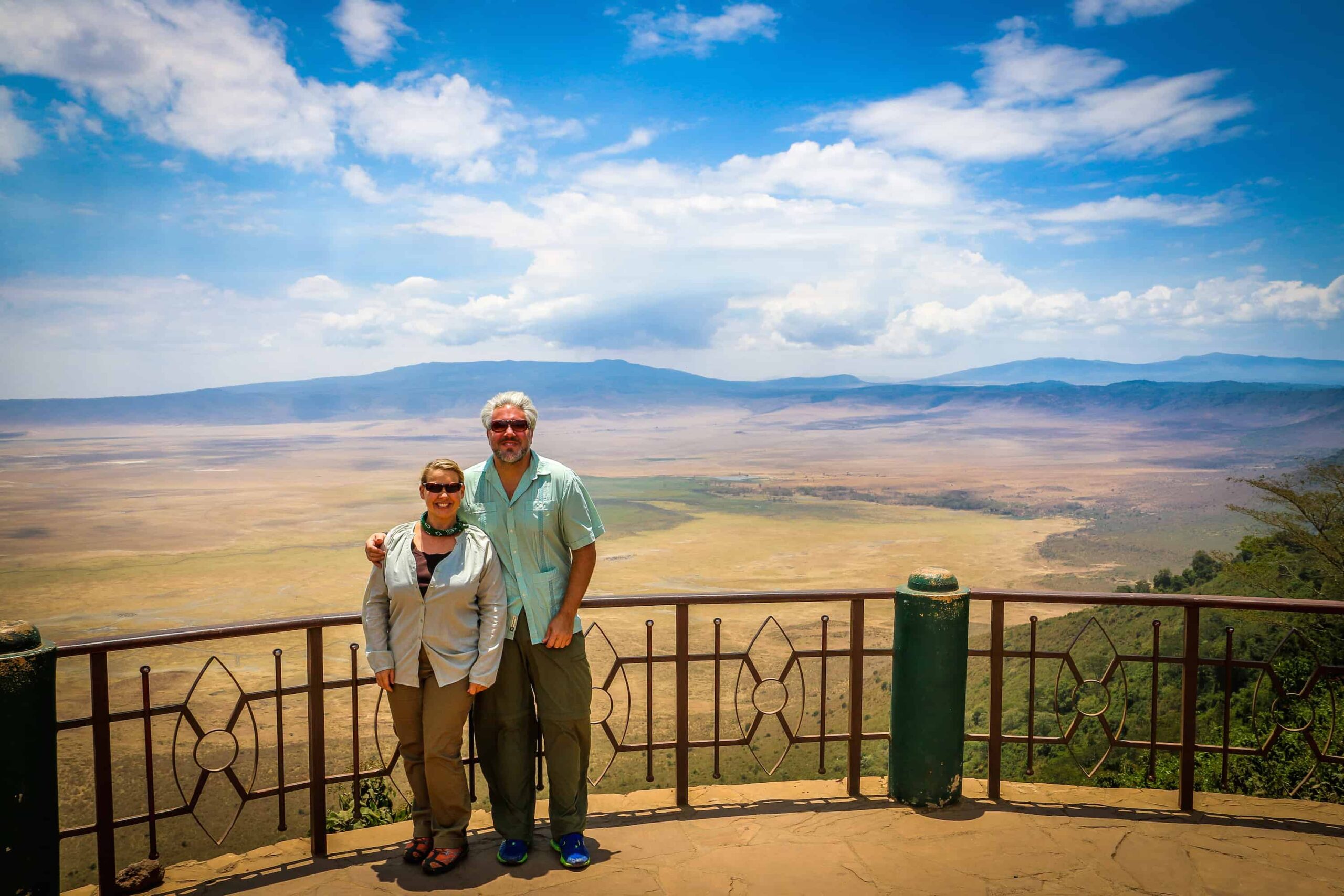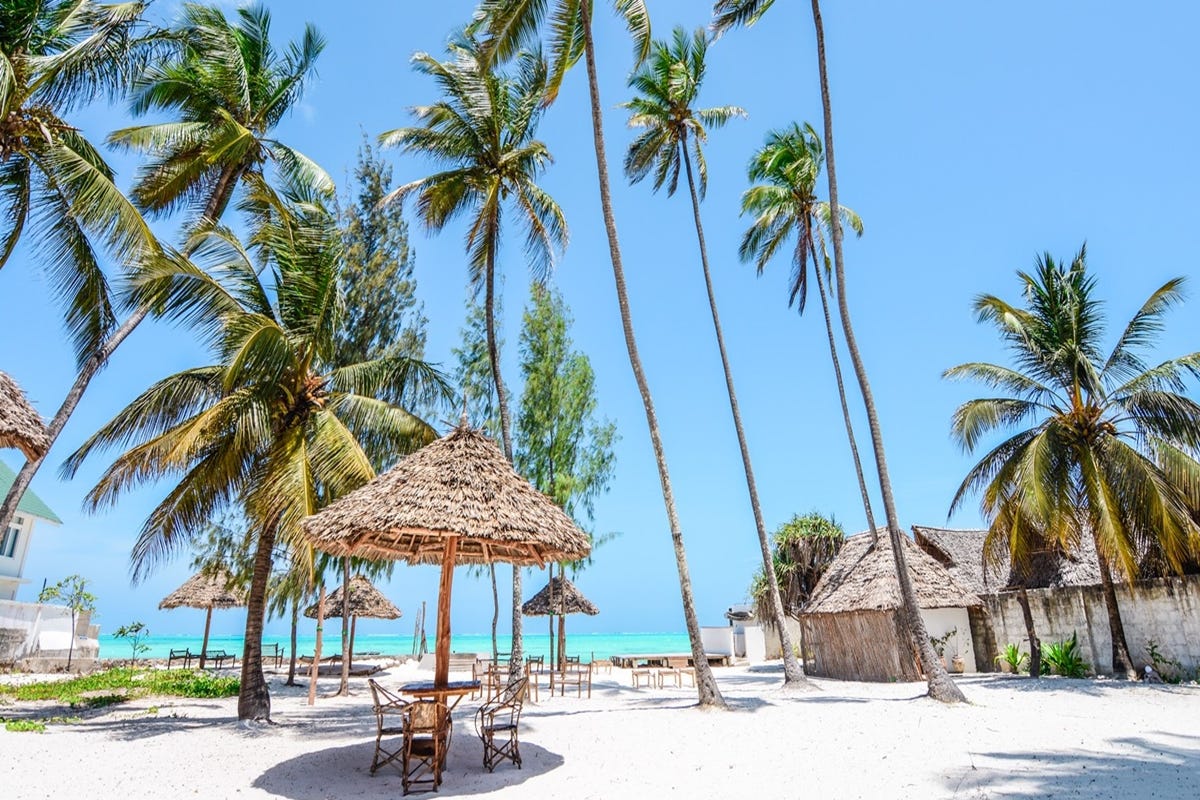Tanzania’s breathtaking landscapes and diverse wildlife make it a prime destination for photographers looking to capture the beauty of the African wilderness. Planning a photographic safari in Tanzania requires careful consideration to ensure you return home with exceptional images and unforgettable memories. In this article, we’ll explore the key factors to keep in mind when planning your Tanzania photographic safari.

1. Choose the Right Season:
The timing of your photographic safari is crucial. Research the best time to visit based on your photography goals. The dry season (from June to October) is excellent for wildlife photography as animals gather around water sources, while the wet season (from November to May) offers lush landscapes and vibrant birdlife.
2. Select the Ideal Locations:
Tanzania boasts a variety of national parks and reserves. Research and choose locations that align with your photography interests. Serengeti National Park, Ngorongoro Crater, and Tarangire National Park are popular choices for diverse wildlife and stunning backdrops.
3. Hire a Knowledgeable Guide:
A knowledgeable and experienced safari guide is essential. They can navigate the terrain, track wildlife, and offer insights into animal behavior, ensuring you’re in the right place at the right time for that perfect shot.
4. Equipment and Gear:
Pack the right photography equipment, including long lenses for wildlife shots, a sturdy tripod, extra batteries, and ample memory cards. Ensure your gear is in excellent working condition and bring protective covers for dusty or wet conditions.
5. Practice Patience:
Wildlife photography often requires long hours of waiting for the perfect moment. Be patient and prepared to spend time observing animal behavior to capture compelling shots.
6. Time of Day Matters:
The “golden hours” of sunrise and sunset provide soft, warm lighting, perfect for photography. Plan your game drives and photography sessions around these times for the best results.
7. Respect Wildlife and Nature:
Always prioritize the well-being of wildlife and the environment. Maintain a respectful distance, follow ethical photography practices, and never disrupt natural behavior for the sake of a photo.
8. Be Ready for Action:
Wildlife encounters can be spontaneous. Keep your camera settings ready and be prepared to capture action shots at a moment’s notice.
9. Consider Accommodations:
Choose accommodations that cater to photographers’ needs, such as lodges with photo hides or camps with experienced photo guides. Ensure they offer secure storage for your equipment.
10. Post-Processing Skills:
Enhance your photography skills by learning post-processing techniques. Software like Adobe Lightroom can help you bring out the best in your images when you return home.
11. Health and Safety:
Tanzania is home to various wildlife, so be aware of health and safety precautions, including vaccinations and staying hydrated during your safari.
A photographic safari in Tanzania can be a life-changing experience for photographers. By considering these essential factors, you can maximize your chances of capturing stunning wildlife and landscape shots that will serve as lasting mementos of your African adventure. Remember to balance your passion for photography with an appreciation for the natural beauty and wildlife you encounter, ensuring a responsible and respectful photographic safari. Read our safari FAQs and how to pack for photography safari.









